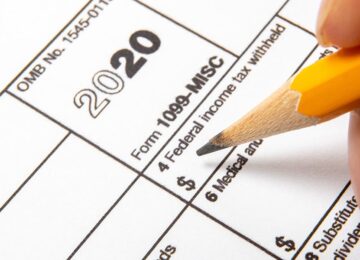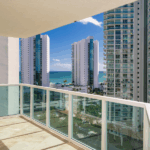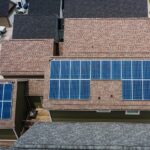Timing a condominium purchase in today’s fluctuating real estate market requires balancing multiple factors beyond price considerations. While developments like Promenade Peak and others maintain interest throughout the year, specific periods offer distinct advantages for buyers depending on their priorities. Market timing for condominiums differs somewhat from single-family homes due to unique supply-demand dynamics, inventory patterns, and competition factors that savvy buyers can leverage to their advantage.
Cycles trump seasons
The traditional wisdom about residential real estate seasonality applies differently to the condominium market, with broader economic cycles often proving more influential than calendar months. Interest rate environments create windows of opportunity that transcend seasonal patterns. When rates drop, affordability improves immediately, potentially offsetting higher asking prices through reduced monthly payments. Conversely, even discounted prices may result in higher overall ownership costs when rates rise. This relationship means the best buying time might be during rate dips rather than particular months.
Supply-demand imbalances in specific neighbourhoods often create micro-markets with their timing advantages. New developments releasing multiple units simultaneously can temporarily oversupply certain areas, creating negotiation leverage regardless of the broader market conditions. These inventory surges typically occur based on construction completion schedules rather than predictable seasonal patterns.
Winter buying perks
Despite the importance of broader market factors, specific seasonal patterns emerge in condominium transactions that strategic buyers can use to their advantage. Winter months often reveal these seasonal benefits:
- Fewer competing buyers at showings and open houses
- More motivated sellers who need to move during off-peak times
- Less emotional bidding that typically drives spring market prices higher
- More attentive real estate agents with lighter client loads
- A clearer view of building issues that might be concealed in warmer weather
Late summer and early fall can present another opportunity window as sellers become more flexible on properties that didn’t move during the prime selling season. This period often features the dual advantage of decent inventory levels and reduced competition from other buyers.
Construction phase timing
The development timeline creates specific buying opportunities for new construction condominiums independent of broader market conditions.
- Pre-construction phase offers potential price advantages but requires longer waits
- Early construction phase typically features incentives to reach sales thresholds
- Near-completion phase may include motivated pricing on the remaining inventory
- Post-completion often includes special terms on model units or the last remaining homes
- Year-end timing when developers seek to close sales before annual financial reporting
The ideal timing within this lifecycle depends on your risk tolerance and timeline flexibility. Early phases typically offer better pricing but higher uncertainty, while later phases provide more certainty but potentially less negotiation leverage unless the development is struggling to meet sales targets.
Watch these indicators
Rather than focusing exclusively on calendar timing, savvy condominium buyers monitor specific market indicators that signal favourable buying conditions regardless of season. Days-on-market averages provide crucial insights into buyer competition and seller flexibility. When condominiums in your target area begin staying on the market longer than historical averages, pricing power typically shifts toward buyers. This metric often proves more valuable than price trends, as it indicates changing negotiation dynamics before they fully reflect in pricing data.
The best time to buy often emerges when your readiness coincides with at least some favourable market factors rather than when all possible market indicators align perfectly. This balanced approach prevents endless waiting for ideal conditions while leveraging timing advantages when possible.











